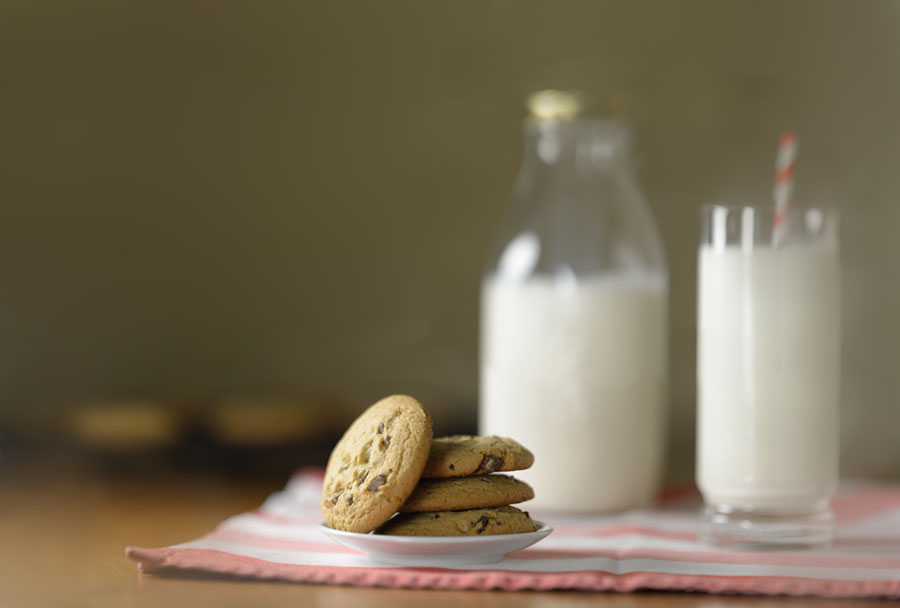I recently heard of a technique on the Two Hoziers podcast that the podcast hosts initially called "faux medium format." The basic premise is that the photographer can create images with impossibly shallow depth of field by using a telephoto lens and stitching together multiple images. The photographer is able to increase the field of view from a telephoto angle to a wide angle while maintaining optical qualities of the telephoto lens.
Since that initial discovery of the technique I have also heard the technique called "The Brenizer Method" or "bokeh panoramas." I am particularly fond of the "bokeh panorama" moniker for the technique because it seems to be the most descriptive. Bokeh refers to the creamy out of focus portion of the image that is created by very wide apertures on certain lenses.
Technique
Using a tripod for support, stabilization, and maintenance of the nodal point, the photographer captures a sequence of overlapping images. Care must be taken during capture to ensure the same exposure and focus are maintained throughout the sequence. The photographer captures the entire scene he or she wishes to appear in the final image.
These three images are original capture frames from the creation of the final "Cookies" image above.
Once the series of images has been captured the photographer uses Photoshop or specialized panoramic software to stitch together the multiple images into one large image. To ensure that the stitched image appears visually cohesive the photographer must correct the individual image files for lens distortion and vignetting prior to stitching.
Content
Panoramic stitching is a common technique used by landscape photographers to increase the field of view and the effective resolution of the final image. The Brenizer Method is most often used by portrait photographers to achieve impossibly shallow depth of field portraits, and to create very high resolution images.
My goal with this image series was to create a series of still life images that employ this use of both a wide field of view and a very shallow depth of field. To my knowledge, this technique is not commonly used for food photography or still life photography and I wanted to explore what was possible. The images I create will be tablescape sets of food with a shallow depth of field, only the “hero” item in sharp focus with the rest of the image falling out of focus.
Overall, what I learned most from this process, besides the ability to technically create the images, is that many images do not benefit from this method. The technique very significantly reduces the depth of field in the frame. Sometimes that reduction helps to focus viewer attention on the "hero" item, but sometimes the area in focus is just too small and it becomes distracting to the viewer. I created several tableaus that simply did not work.
Will I do this in the future? The short answer is maybe. For now, I'm happy with more traditional image capture techniques for most of my food photography.
This post is part of the On Our Plates blog circle. Please check out Jana's yummy pasta post and follow the circle to see lots of great food photography and recipes.





